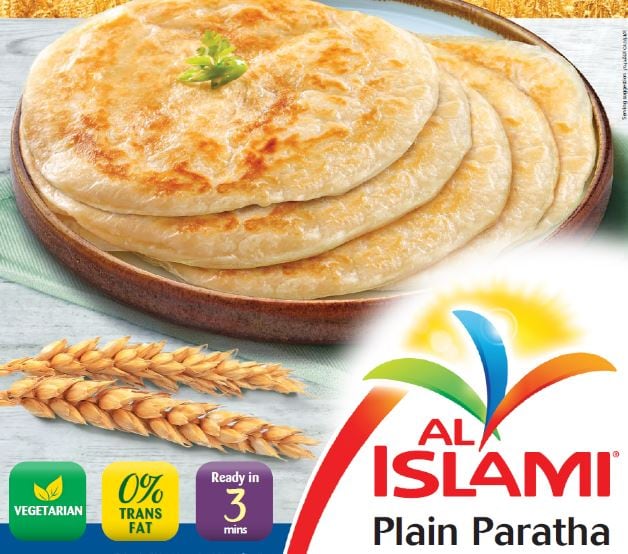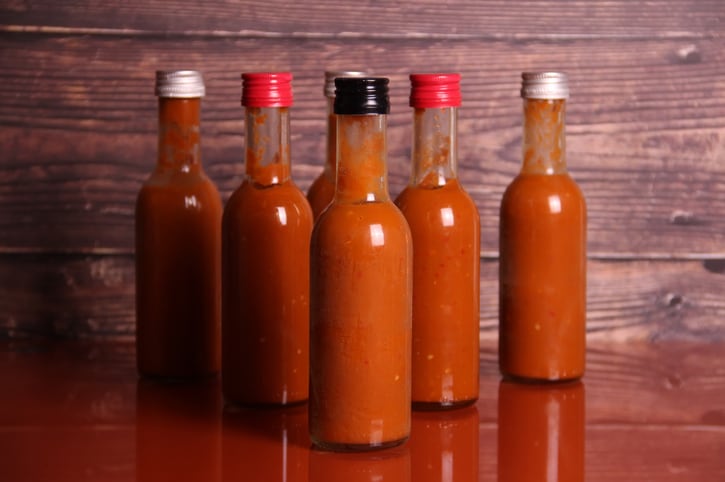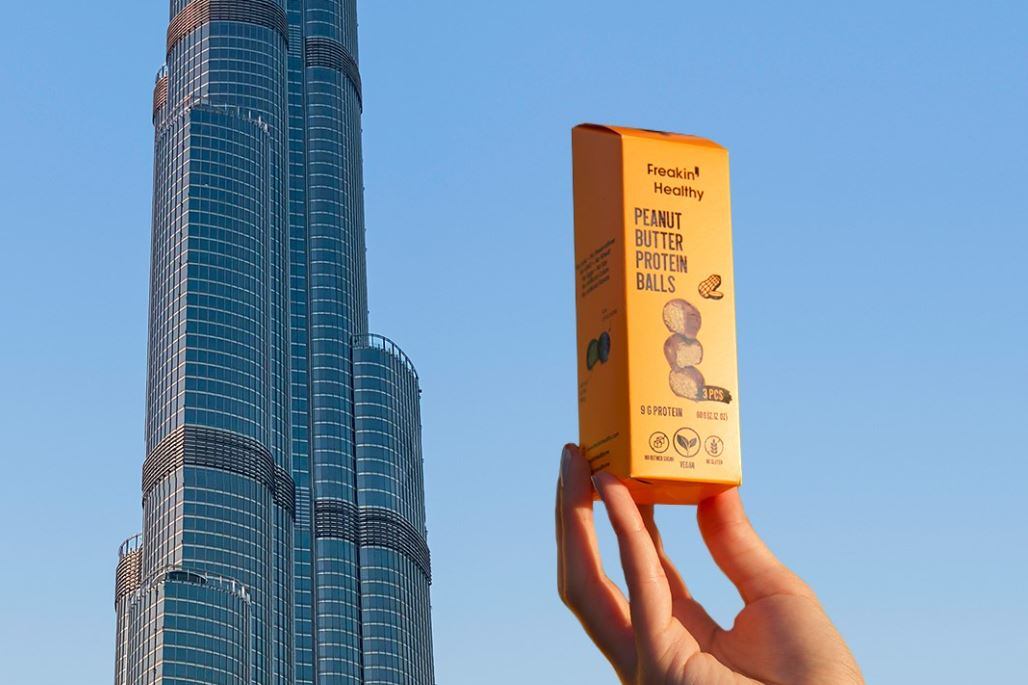Published by Fitch Solutions, meat and poultry spending accounted for 15.1% in 2005, and is forecast to reach 18.7% in 2025.
Other categories expected to increase include fresh vegetable spending which is projected to grow from 9.7% in 2005 to 18.0% in 2025. Dairy would account for 13%, bread, rice and cereals (12%) and fruit (10%) rounding up the top five food categories.
Meat and poultry
The key driver in the rise in meat and poultry spending in Bahrain is the increase in disposable incomes over the two decades.
In 2006, the average annual disposable income per household stood at BHD 14,230 (US$37,800) which is projected to increase 61% to BHD 22,960 (US$60,900) by 2025.
Mike Kruiniger, senior industry analyst at Fitch Solutions, said: “As such, they are able to spend more on higher value food products, including meat and poultry, which remains Bahrain’s favourite animal-based source of protein.”
Bahrain also witnessed an influx of expats from Asia and Western countries over the last two decades, resulting in food preferences becoming more international, with foods such as hamburgers and fried chicken popular with Bahraini consumers.
According to the report, about 50% of the population were Bahrainis in 2019, South East Asians (mostly migrant workers from India, Bangladesh and Pakistan) accounted for 30.1%, migrants from MENA countries (mostly Egypt) accounted for 9.1% and the remaining 5.9% mostly consists of East Asians (4.6%) and migrants from Western countries (0.3%).
Among meat and poultry, consumption is largely dominated by lamb and poultry, mainly due to the religious affiliations of Bahraini consumers. As of 2017, more than 70% of the population is Muslim, followed by Christians (about 9%) and others (mostly Hindus, about 17%).
Pork consumption is forbidden under Islam, and therefore is not consumed by the majority of the population.
In addition, beef consumption is highly restricted under Hinduism, and with a large immigrant population from India, it will continue to put pressure on beef sales.
By 2025, spending on lamb will account for 29.9% of total spending on meat and poultry products. This is followed other meats and preparations (24.6%), chicken (23.4%), beef (10.9%) and pork (9.0%).
Fish
The main source of protein in Bahrain remains meat and poultry.
But fish is also an important food category for Bahraini consumers, projected to account for 9.8% of total food spending in 2025, down from 12.4% in 2005.
Despite the drop, it is still significant by regional standards, with UAE consumers forecasted to spend 8.7% on fish in 2025, and 6.8% and 6.9% in Saudi Arabia and Qatar respectively.
Bahrain is an archipelago nation with a coast line of 161km, which historically has created healthy demand for fish and seafood.
Kruiniger told FoodNavigator-Asia: “Household spending on both meat and poultry and fish is growing, however, meat will grow at a faster rate than fish. We forecast household spending on meat and poultry to increase at a compound annual growth rate (CAGR) of 4.9% over 2005-2025, while we project spending on fish and seafood to expand at 2.6% CAGR over this period.”
When asked if the rising plant-based protein trend would influence animal protein consumption and even take away market share in the long term, Kruiniger replied: “Plant-based protein is gradually becoming more popular in Bahrain. Not only have we seen the opening of a couple vegan and vegetarian restaurants over the last few years, we have also seen that plant-based meat companies are showing interest in Bahrain, with Beyond Meat having launched in the country in 2019.
“However, plant-based meat alternatives remain small and do not yet pose a significant threat to traditional meat products in Bahrain.
“While we see that in the US and Western European countries consumers are becoming increasingly worried about their health and the environmental impact of meat, these drivers are still in their infancy in Bahrain,
“As a result, we do not foresee that plant-based meat alternatives will become a major threat to meat companies in the country over the medium-term. However, over the longer-term, we do expect to see plant-based protein to eat away share from traditional meat.”
Dairy
Dairy is another key staple in consumer diets in Bahrain, with the average household forecast to allocate 13% of total food spending by 2025, moderately stable from 13.7% in 2005.
Within this category, yoghurt spending is forecast to grow 6.7% from 2005 to 2025, while milk spending is projected to grow at 5.2%.
Strong consumer spending growth in yoghurt is driven by a rise in popularity in drinking yoghurt, especially in on-the-go formats, while spending growth in milk is driven by consumers opting for higher value drinking milk products, including organic, fortified/functional products and plant-based milk alternatives.
Bahrain is heavily reliant on food imports, especially for dairy, followed by meat, cereals, fruit and vegetables.
Kruiniger explained: “Bahrain is heavily reliant on food imports, as domestic food production is severely restricted by the country’s hot and arid climate and small geographical size.”
“In 2019, the country imported roughly US$220 million worth of dairy products, with 42% coming from Saudi Arabia, driven by the strong position of Saudi dairy companies (especially Almarai) in Bahrain. Bahrain is also heavily reliant on imports of meat, cereals, fruit and vegetables.”
The country is increasing its domestic production which will likely accelerate dairy spending over this period.
For instance, Danish dairy giant Arla opened a cheese production facility in Bahrain in 2019, and announced it would invest an additional US$55 million over 2019 to 2021 to increase the capacity of the production plant.
Sugar
The report also covered sugar consumption, which is key for Bahrain, with one of the highest obesity rates globally. According to data from the World Obesity Federation in 2016, 26.5% of men and 38.2% of women in the country classified as obese.
To reduce the consumption of sugar, the Bahraini government implemented a sugar tax in 2017, imposing an excise tax rate of 100% on energy drinks and 50% on soft drinks.
“We have not seen a significant reduction in imports of soft drinks on the back of the sugar tax in Bahrain. In addition, Bahrain’s fiscal revenue grew significantly in 2018, the year after the tax was introduced, suggesting that the impact of the sugar tax on volume sales of soft drinks was limited,” Kruiniger said.
However, the report still forecast that consumers in Bahrain will becoming increasingly health conscious, which will reflect in food spending.
So, the share of sugar and sugar products within total food spending is projected to decline from 4.5% in 2005 to 3.3% in 2025.
In addition, categories that are high in carbohydrates are also becoming less prominent in food budgets in Bahrain, with the share of pasta declining from 2.3% in 2005 to 1.9% in 2025, while the share of bread, rice and cereal spending will reach 12%, down from 13.9% in 2005.




